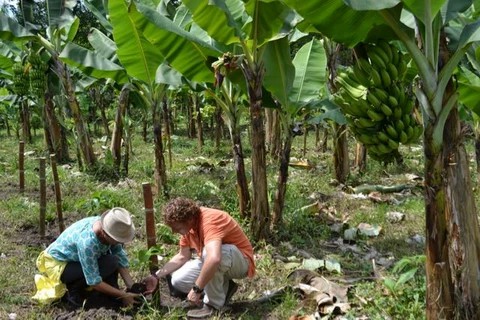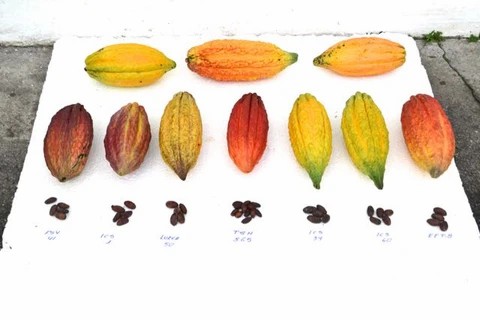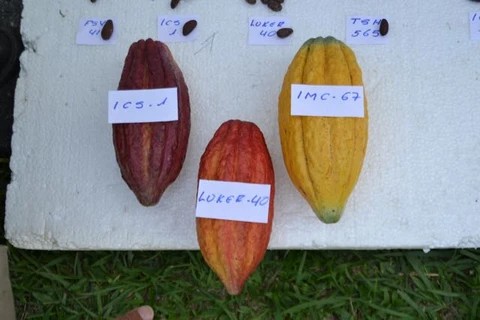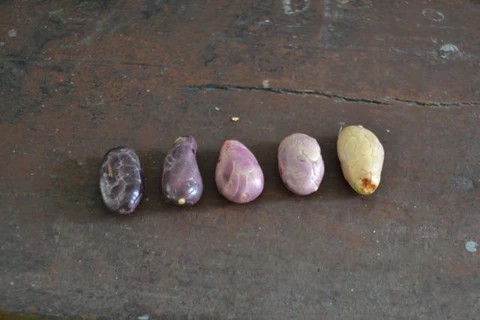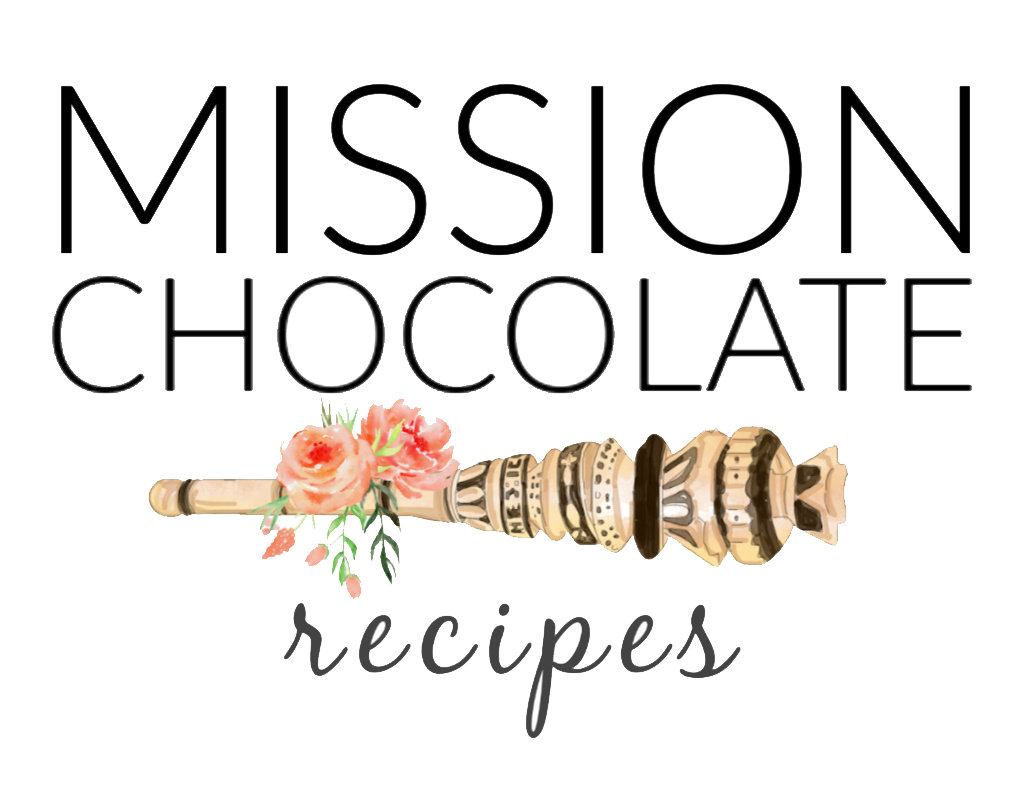Casa Luker in Manizeles, Colombia
Cacao of Colombia has been in the shadows of Venezuela, Ecuador, and Peru when it comes to the craft chocolate movement. But it is slowly appearing on chocolate bar labels and chocolate makers are beginning to take interest. I have a theory that they have been last on the list of high quality cacaos in Latin America because unlike those other countries; Colombia consumes everything it produces. Like Mexico, Colombia has a very strong cacao drinking culture. Last year they consumed as much as they produced. Some years they have consumed more. Currently they import from Peru and Ecuador. And they export to Mexico. It’s all a very delicate cycle.
My perspective is that the countries that don’t have a strong culture of consuming cacao, are the best exporters: Ivory Coast, Ghana, and Madagascar to name a few. And the countries that consume a lot of chocolate like Colombia, Brazil and Mexico, consume a lot of their cacao. So they don’t need to export it.
That means several things; farmers always have a buyer nearby, farmers themselves consume it, they don’t need to change anything about the way they ferment or dry because there are always buyers. It’s more challenging for a chocolate maker to go into these countries and ask farmers to change the way they process their beans. And for a craft chocolate maker to use this cacao for high quality chocolate, it is absolutely necessary that they alter the way the ferment and dry. If I am not making any sense, send me a message.
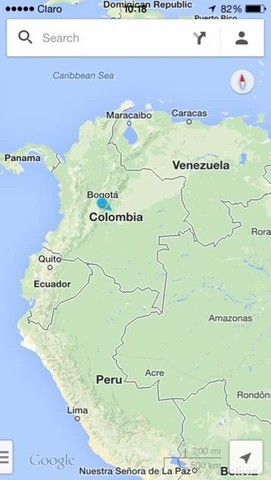
Casa Luker is the largest and most famous chocolate company in Colombia. They are a brand that was established 100 years ago and produce drinking chocolate. In the last years they have expanded to baking chocolates and other types of cacao products, but their foundation is still their drinking chocolate. As far as I have learned, the indigenous groups of South America did not have a cacao consuming culture. Which is the opposite of what we know from the Aztecs and the Maya. In Colombia I was very surprised to see such a strong cacao drinking culture; I am left wondering why neighboring Ecuador and Peru don’t have the same love for drinking chocolate. Every morning in Bogota and Manizales, the two cities I visited, we started with a goblet of hot chocolate. Sometimes it had water and sometimes milk, sometimes a mix of both.
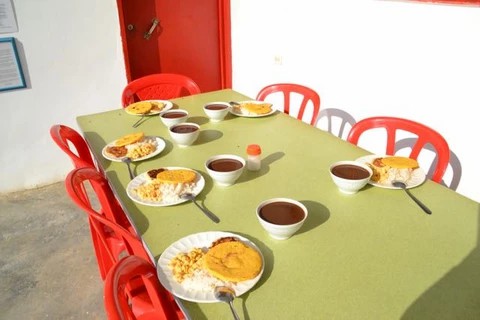
Colombia, like most Latin American countries, is slowly becoming aware of the global craft chocolate movement and they are curious to understand what makes this chocolate better. Therefore, my time in Colombia was spent hosting chocolate tastings and talking about those companies we tasted.
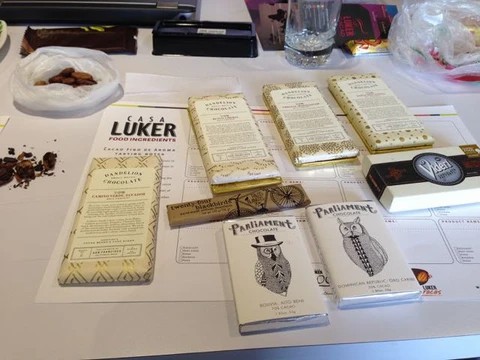
I was fortunate enough to spend some time at Granja Luker, the research farm of Casa Luker in Manizales. The coffee growing region of Manizales is a world heritage site which speaks to it’s beauty. Here I learned about pollination, planting trees according to sexual orientation, and how to spot disease and fungus.
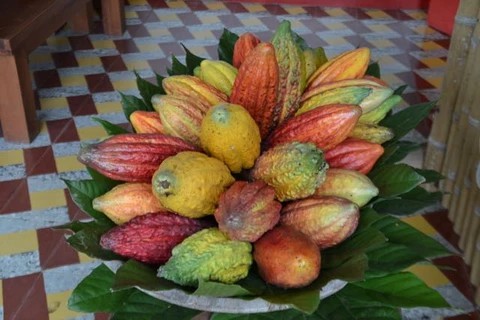
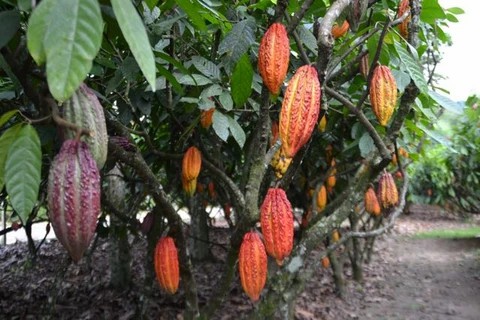
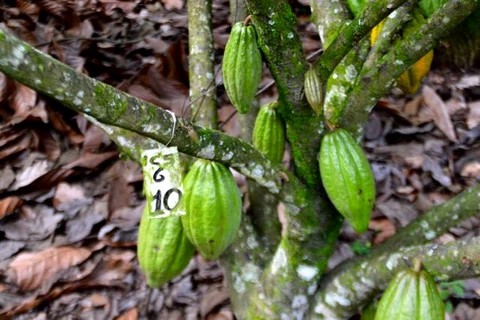
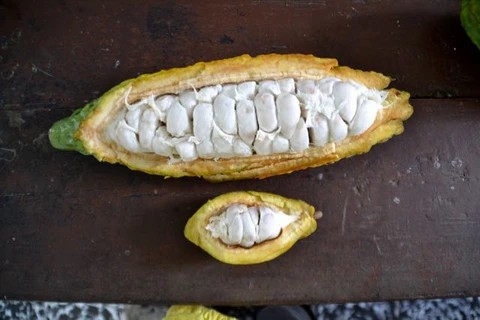
I was given some single origin liquors to taste: Tumaco, Arauca, Huila, and Santander. These are the main cacao regions of Colombia with Santander being the largest. Tumaco is a region very close to Ecuador and had flavor profiles that I usually associate with Ecuador beans; intense chocolate flavor with a strong black cocoa powder finish. Arauca is near the Venezuela border and it was so fun to taste how much this bean resembled the profile of the Venezuela bean; dark brownie, nutty with a bit of cinnamon. Huila was a nice surprise, it had a bit of the fruity citrus you get in a Madagascar bean. And finally, Santander was a bit floral with a strong chocolaty finish. I was very impressed that in one country you can get what most people have to source from several countries. Colombia has enormous potential when it comes to providing a high quality and flavorful bean to small chocolate makers. I am taking some samples to test out some batches.
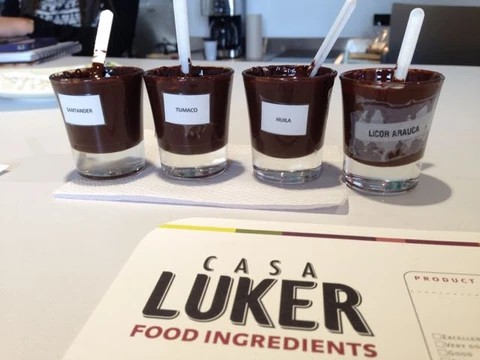
I also got to plant my own cacao tree and put my name on it!! (Hybrid IMC67)
